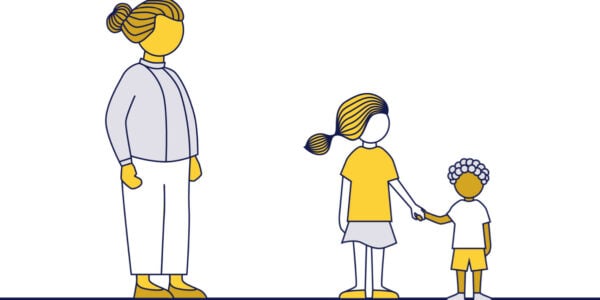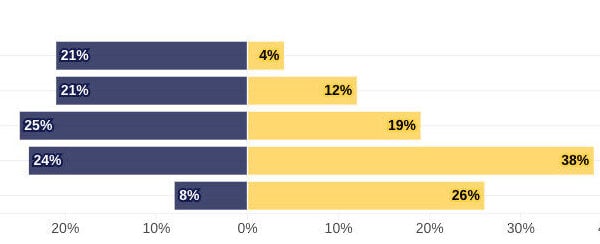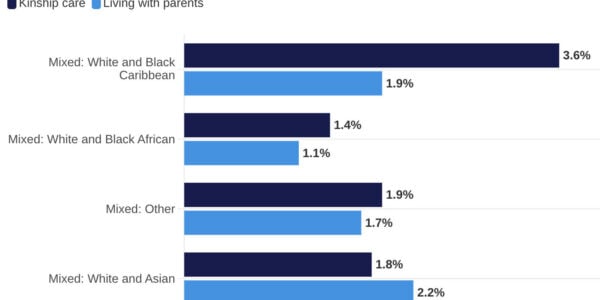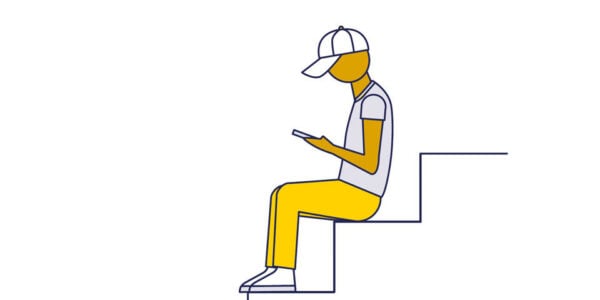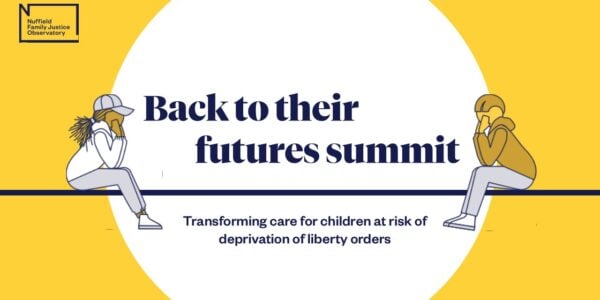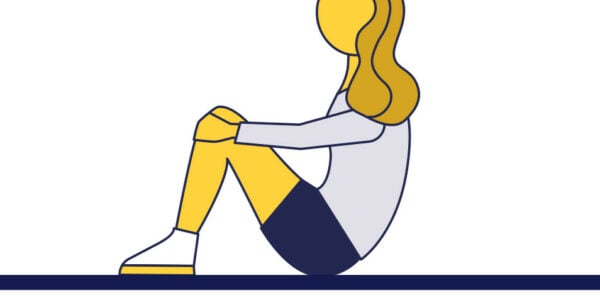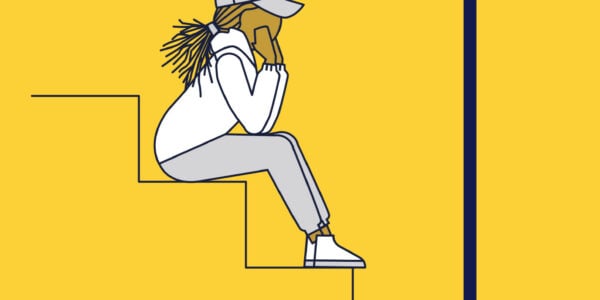New data shows 357 children subject to DoL applications between April and June 2025
Today, the Ministry of Justice (MoJ) released the latest figures on the applications for the number of children subject to applications to deprive them of their liberty under the inherent jurisdiction of the high court, through their Family Court Statistics Quarterly release.
Quarterly data from April-June 2025 shows that 357 children were subject to deprivation of liberty (DoL) applications, which authorise the deprivation of a child’s liberty in an unregulated secure placement. This is a 12% increase on the 320 DoL applications for the previous quarter (January – March, 2025) and is nearly 20% higher than the 299 applications for the equivalent quarter last year (April – June, 2024). Patterns of gender and age remain broadly consistent with DoL orders of previous quarters; slightly more female (51%) than male (49%), the majority are aged between 13-15 (56%) and 90% over the age of 13 (see Figures 3-4).
The data this quarter reflects the continuing and extensive usage of Deprivation of Liberty orders, which began to be tracked by the MoJ two years ago in Q3, 2023. This data is critical to shed light on the persistent use of DoLs within the family justice system, but it is limited in what it can tell us about the children who are deprived of their liberty. Information about ethnicity or disability are not routinely collected, nor are the factors leading to deprivation of liberty (such as mental health or criminal exploitation) systematically recorded. This means that it is impossible to understand how different groups of children may be overrepresented in the DoLs population, what different pathways to a Deprivation of Liberty order may look like for different groups, and how best to develop supports to prevent DoLs orders.
What are Deprivation of Liberty orders?
Deprivation of liberty orders (DoLs) authorise the deprivation of children in what are often unsuitable, unregulated settings, used to keep them safe in the absence of other options (such as a secure children’s home) and are driven by short-term crisis planning. Nuffield Family Justice Observatory (NFJO) research has highlighted how children on DoLs may have intersecting needs related to mental health concerns, self-harm, having a disability and or experiences of criminal and sexual exploitation. Many of these children will have long and traumatic histories and involvement with services; however it is often the combined impact of these multiple and intersecting needs – rather than the impact or ‘severity’ of any individual risk factor – that increases a child’s vulnerability.
What does this release of data show?
How many applications were made?
Between April and June 2025, there were 357 applications in the High Court, relating to 357 children. The number of DoL applications was not published in administrative data until July 2023 by the MoJ, but research by the NFJO has highlighted the increasing use of DoLs over the past seven years. Data from Cafcass showed that in 2017/18, there were around 100 applications. In 2024, 1,280 children were subject to applications to deprive them of their liberty, a seven-fold increase.1
How does this compare to applications for secure accommodation orders?
It is still the case that DoLs orders vastly outnumber applications to place children in registered secure accommodation. There is a severe shortage of secure children’s homes. Only 71 applications were made between April-June 2025 for secure accommodation orders, in comparison to 357 DoL applications.
What do we know about the children involved?
Administrative data only gives a partial picture about children on DoLs. From what we do know, between April-June 2025, over half (56%) of children subject to applications between were aged between 13-15 years old, a third (34%) were aged between 16 and 18, and 9% were 12 or under (see Figure 3). While there had typically been more girls on DoLs, this gap is narrowing. Between April-June 2025, 51% of orders were for female children, and 49% for male children.
Our previous research has highlighted that in 2022-23 nearly all children (97%) on DoLs were in care at the time of a DoL application and had complex needs and circumstances which include placement breakdown, mental health concerns and extrafamilial risk factors such as sexual or criminal exploitation.
Since our original research on DoLs, 2,606 more children have been deprived of their liberty, yet there has been limited tracking of the characteristics of these children. We don’t know how different groups may be overrepresented, how different risk factors may be changing, or whether children may be known to other services (such as youth justice). Further national data is needed to understand the DoLs population, and what their support needs may be.
What are the next steps for DoLs?
Ongoing policy and practice discussions, convened by the NFJO and other partners, continue to explore better and more collaborative ways for professionals across child and adolescent mental health, children’s services, education and youth justice to deliver integrated and timely care for children, preventing more children from being deprived of their liberty.
For further information about the needs and characteristics of children subject to DoLs applications, see here.
To receive our bulletin about improving care for children experiencing and living in complex circumstances sign up here.

